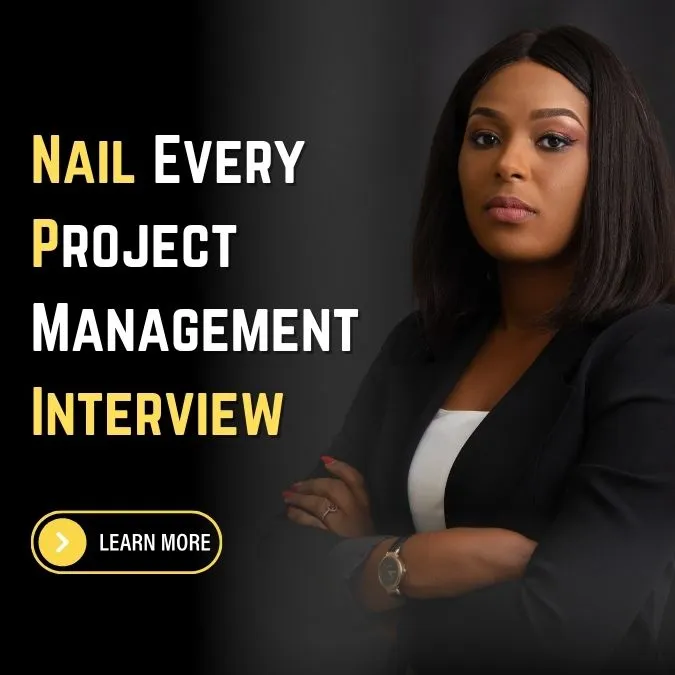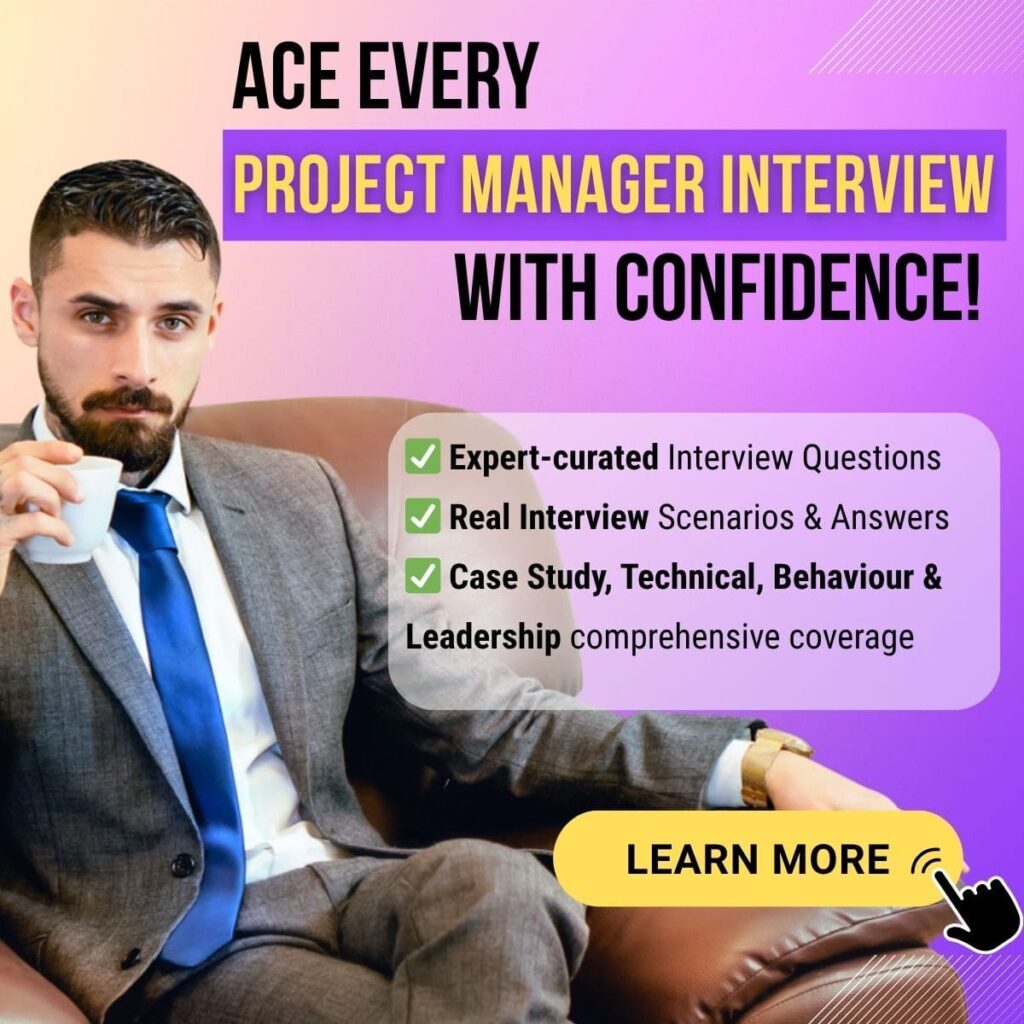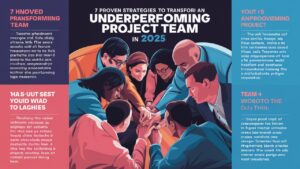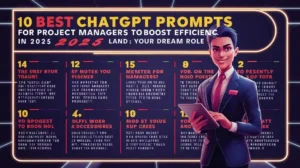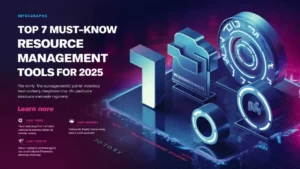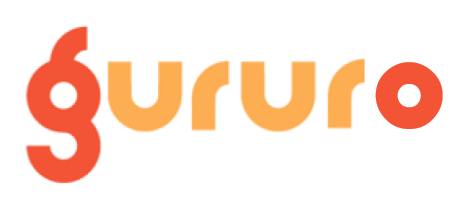When it comes to landing your dream job, your words matter—but your body language speaks even louder. Studies (including those from UCLA) suggest that up to 55% of communication is nonverbal, meaning your posture, gestures, and facial expressions can make or break the impression you leave on an interviewer. Whether it’s your first interview or you’re a seasoned professional feeling out of practice, mastering your body language is key to projecting confidence, competence, and likability. Tips to Crack interview with Correct Body Language will help you make a lasting impact.
In this comprehensive guide, we’ll walk you through actionable tips to optimize your nonverbal communication and help you ace your next interview.
Profile Review & Recommendation
Expert-Driven Profile Review &
Recommendations
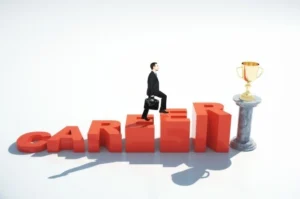
Let our expert look into your CV, Cover Letter, Naukri & LinkedIn Profile to turn your profile into the top 1% of professional profiles.
INR 1,999
- Naukri Profile Review & Recommendations
- Resume Review and Expert Recommendations
- LinkedIn Profile Review & Recommendations
- Cover Letter Templates Download
- Latest Resume Templates Download
- Personalized, tailored feedback
- ETA: 3- 5 Days
Self-Service Profile
Optimization
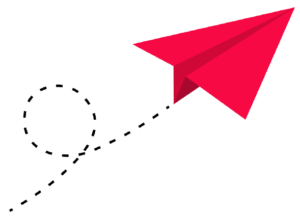
Access expert-curated guidelines, sample reviewed files, & step-by-step instructions to optimize your CV, Cover Letter, Naukri & LinkedIn Profile.
INR 499
- Guidelines for Profile Optimization (Resume, Naukri, and LinkedIn)
- Access to Sample Reviewed Files for inspiration
- Step-by-Step Instructions to reframe your profile
- Cover Letter Templates Download
- Latest Resume Templates Download
- Immediate access to the files
✨ Why Body Language Matters in Interviews
Interviewers aren’t just listening to your answers—they’re observing how you carry yourself.
- Slouching, fidgeting, or avoiding eye contact can signal nervousness or disinterest—even if your responses are spot-on.
- A strong handshake, steady gaze, and open posture can convey confidence and professionalism, often tipping the scales in your favor.
- The trick?
Be natural, not forced—because authenticity shines through.
🔟 Essential Tips to Crack interview with Correct Body Language
1. Start Strong with a Confident Entrance 🚪
Interviewers aren’t just listening to your answers—they’re observing how you carry yourself.
- Slouching, fidgeting, or avoiding eye contact can signal nervousness or disinterest—even if your responses are spot-on.
- A strong handshake, steady gaze, and open posture can convey confidence and professionalism, often tipping the scales in your favor.
- The trick?
Be natural, not forced—because authenticity shines through.
2. Nail the Handshake 🤝
- What to do: Offer a firm grip (not crushing), maintain eye contact, and smile lightly. Match the interviewer’s pressure as a sign of adaptability.
- Why it works: A study from the Journal of Personality and Social Psychology found that a solid handshake correlates with perceptions of confidence and hireability.
- Avoid: Limp “dead fish” handshakes or overly aggressive grips—they signal weakness or arrogance.
3. Sit with Purpose 🪑
- What to do: Choose a straight-backed chair if possible, sit upright with your spine aligned, and keep your hands rested lightly on your lap or the table. Lean slightly forward to show engagement.
- Why it works: An erect posture signals attentiveness and self-assurance, while slouching suggests laziness or discomfort.
- Avoid: Crossing your arms (it’s defensive) or sinking into overly cushy chairs (hard to recover gracefully!).
4. Maintain Natural Eye Contact 👀
- What to do: Look at the interviewer when speaking and listening, holding contact for about 3–5 seconds before briefly glancing away. Nod occasionally to show you’re following along.
- Why it works: Steady eye contact builds trust and shows engagement, according to research from the American Psychological Association.
- Avoid: Staring (creepy!) or looking down too often (suggests insecurity).
5. Smile Authentically 😄
- What to do: Practice a natural smile in the mirror beforehand—one that reaches your eyes. Use it during greetings, light moments, or when expressing enthusiasm.
- Why it works: Smiling releases endorphins, making you feel good and signaling approachability to others.
- Avoid: Forced grins—they look awkward and inauthentic.
6. Use Your Hands Wisely 🤏
- What to do: Use subtle hand movements to emphasize key points (e.g., counting on fingers). Keep them below shoulder level and relaxed.
- Why it works: Controlled gestures show passion and clarity, making your answers more memorable.
- Avoid: Fidgeting (tapping, knuckle-cracking) or wild waving—it’s distracting and signals anxiety.
7. Mirror Subtly 🪞
- What to do: Match the interviewer’s tone, pace, or posture in a gentle way—like leaning forward if they do, or slowing your speech if they’re calm.
- Why it works: Psychological studies show mimicking creates a subconscious bond, making the interviewer feel comfortable with you.
- Avoid: Overdoing it—it can come off as mockery.
8. Control Nervous Habits 🤫
- What to do: Before the interview, identify your quirks (leg-shaking, hair-twirling, etc.) and practice keeping still. Take slow, deep breaths to stay calm.
- Why it works: Stillness projects composure, while repetitive movements scream nervousness.
- Pro tip: Hold a pen lightly if you need something to occupy your hands—just don’t click it!
9. Exit Gracefully 🏁
- What to do: Stand up smoothly when the interviewer does, gather your belongings calmly, and offer a parting handshake with a “Thank you for your time.”
- Why it works: A poised exit reinforces your professionalism and leaves a lasting positive impression.
- Avoid: Rushing out or lingering awkwardly—time it with the interviewer’s cues.
10. Practice, Practice, Practice 🏋️
- What to do: Record yourself answering mock questions or role-play with a friend. Watch for posture, gestures, and facial expressions.
- Why it works: Familiarity reduces anxiety, letting your natural confidence shine through.
- Pro tip: Focus on one area (e.g., eye contact) per session to build mastery gradually.
🎁 Bonus: Reading the Interviewer’s Body Language
Understanding the interviewer’s nonverbal cues can help you adjust on the fly:
- Direct eye contact and nodding: They’re interested—keep going!
- Rubbing eyes or looking at the clock: They’re bored—wrap up your answer and re-engage with a question.
- Crossed arms or flared nostrils: They’re skeptical—soften your tone and clarify your point.
Paying attention to these signals lets you adapt without losing confidence, turning a potentially shaky moment into a win.
🧘 Before You Go: Prep Your Mind and Body
Body language isn’t just physical—it’s tied to your mental state. Here’s how to set yourself up for success:
- Breathe deeply: Slow inhales and long exhales lower stress (try the 4-7-8 technique: inhale for 4, hold for 7, exhale for 8).
- Visualize success: Picture yourself walking in, nailing the interview, and leaving with a smile—it primes your brain for confidence.
- Dress the part: Wear something that fits well and feels good—it subtly boosts your posture and self-esteem.
🌟 Final Thoughts
Cracking an interview isn’t just about what you say—it’s about how you present yourself. Your body language can amplify your skills and personality, making you unforgettable to employers. So, stand tall, smile genuinely, and let your nonverbal communication seal the deal.
Ready to transform your career? Start practicing today—you’ve got this!
Good luck on your next interview! ✨

